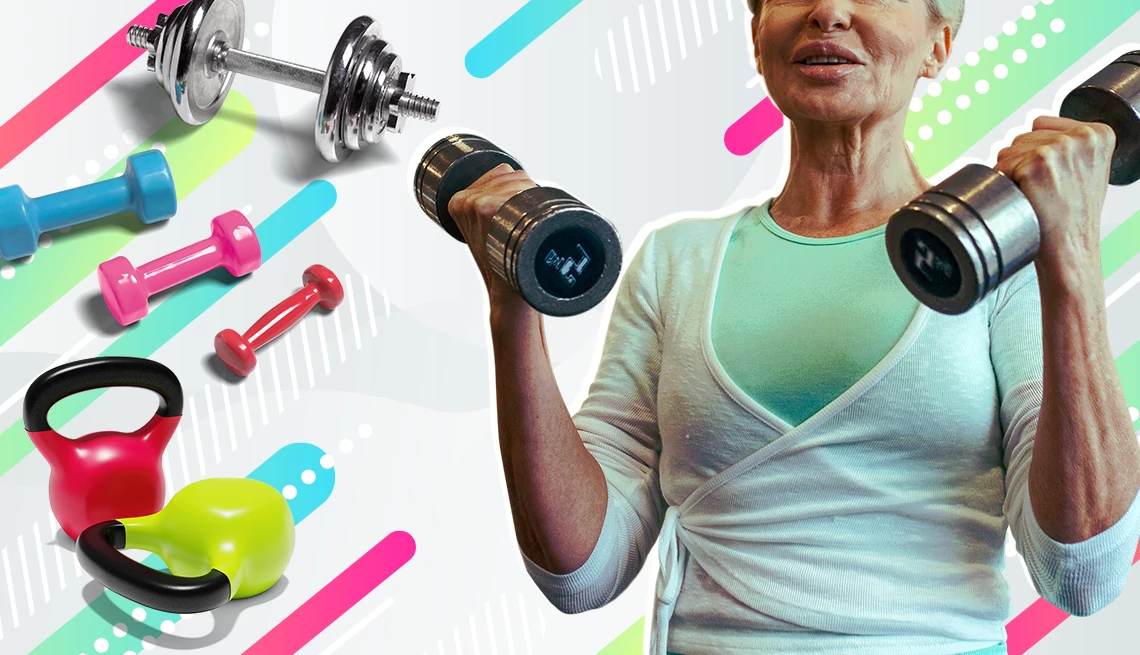AARP Hearing Center


“Do you lift weights?”
I was getting my annual mammogram when the breast technologist’s question caught me off-guard.
“I do. What made you ask?”
“I can tell by your scans,” she says.
After we finished, she pointed to the screen displaying a digital image of my breast and explained that the muscle beneath was lifting the tissue. She said it made my breast tissue easier to see.
What counts as “strength training”?
Strength training, also called resistance training, is any exercise that uses added resistance to make the muscles work harder, thereby helping preserve and increase muscle mass. Though we naturally lose lean muscle mass as we get older, our bodies will respond to strength training at any age. Strength training can be done at home or in the gym using free weights (like dumbbells or kettlebells), resistance bands, weight machines, or your own body weight (e.g., pushups, planks, or squats). Yoga and pilates also qualify, as does rucking — walking with a weighted backpack to increase resistance.
I’m not what you’d call a bodybuilder. Twice a week, I work my upper body at home by lifting eight-pound dumbbells and exercising on my ancient Total Gym, a machine with pulleys and a repositionable, angled bench that uses my own body weight for resistance.
After my mammogram, I felt lifted (pun intended) for the rest of that day. At 56, discovering that my modest efforts to firm up were actually noticeable stroked my ego and motivated me to continue. I was also curious. I’d never heard of a connection between weightlifting and better mammograms. Was this for real?
Laurie Margolies, M.D., vice chair for breast imaging at Mount Sinai Health System in New York, says if your pectoralis muscle (the large muscle beneath the breast tissue) is a little bit more developed, “it just might make the mammogram easier for a technologist to position.”
“It definitely helps with visibility,” says Shaundell Cyntje, MPH, RT(R)(M), associate director of Mount Sinai West Breast Center. A built-up pec muscle not only pushes the breast tissue forward, says Cyntie, but it also allows the technologist to image more of the chest and muscle at the base of the breast, where some cancers can hide.
Margolies is quick to emphasize that women who never lift weights “can get a perfectly good mammogram.” But my workout simply may have helped the technologist more easily gather and position my breast tissue. Still a win, right?
My experience made me wonder what other unexpected health benefits women over 50 could gain from strength training. Here are five more reasons to pursue getting stronger:
































































You Might Also Like
When Should I Get a Test for Bone Strength?
When you need a bone scan and what you can do to strengthen your bones
Wake Up More Refreshed With Our Smart Guide to Sleep
43 tips to help you fight those restless, endless nights and get the slumber you need
AARP Smart Guide to Keeping Your Memory Sharp
22 science-backed ways to growing a healthier, happier brain, now and in the future